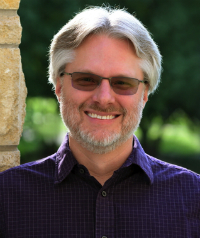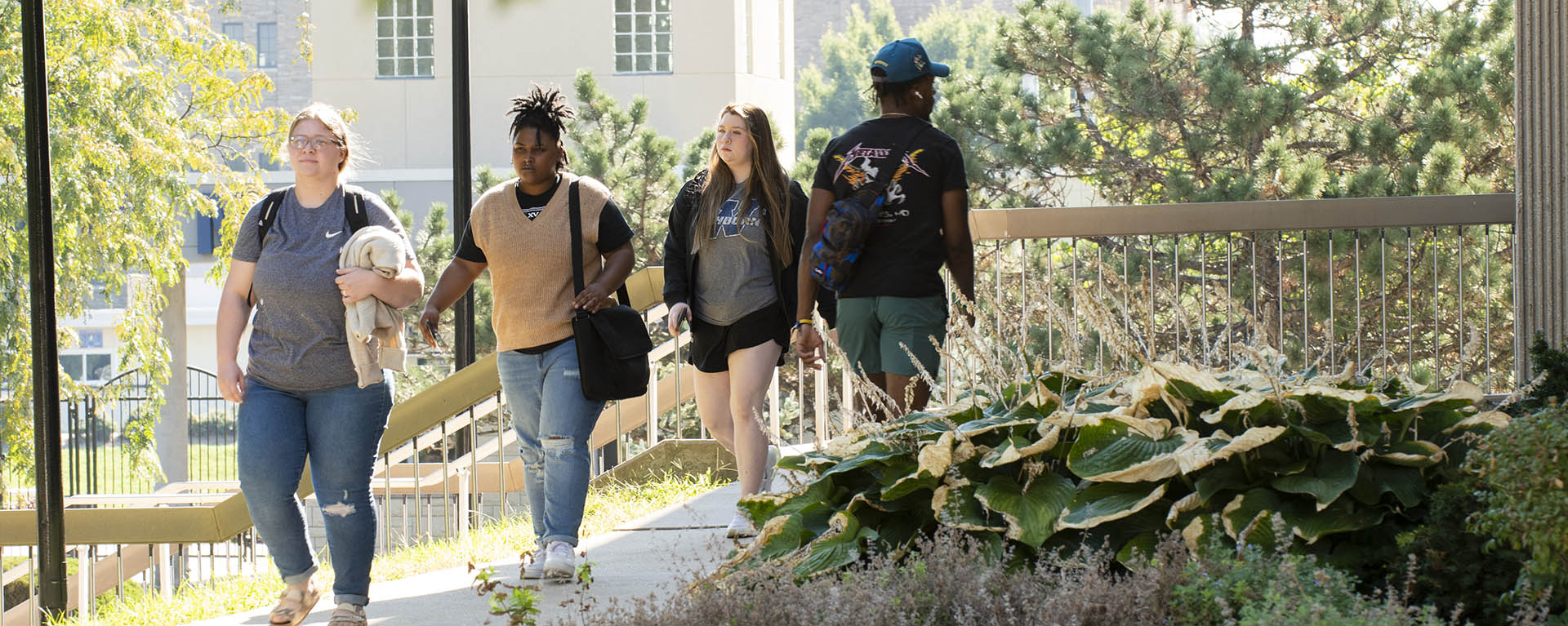
Brian Thomas
- Contact
- 1700 SW College AveStoffer Science HallRoom 210C
Topeka, KS 66621785.670.2144
- Degrees & Certifications
- University of the Pacific, Bachelor of Science
- The University of Kansas, Master of Science
- The University of Kansas, Doctor of Philosophy
- Teaching
-
- PS 126 A, Phys Sci for Elem Ed
- PS 281 BL, General Physics I
- PS 334 A, Thermodynamics
- PS 360 A, Physics Research
- Scholarly Interests/Activities
Impacts of high-energy astrophysical radiation on Earth’s atmosphere and biosphere.
Astrobiology/Astrobiophysics (Active collaborator with Astrobiophysics Working Group at the University of Kansas)
Atmospheric chemistry and dynamics modeling
High-energy Astrophysics
Impacts of radiation on biological systems, especially marine primary producers
Ecological impacts of high-energy radiation events
Connections between radiation events and mass extinctions
- Service Interests/Activities
Actively involve students in research projects.
Active in public outreach in physics and astronomy. Frequent presenter for school, community and religious groups in Topeka, Lawrence, Kansas City and elsewhere, including Kansas Children’s Discovery Center in Topeka.
Member of organizing committees for Washburn’s annual student research forum, the Apeiron, as well as for the annual Mid-American Regional Astrophysics Conference.
Frequent reviewer for articles submitted to professional journals including Astrobiology, Annales Geophysicae, and the International Journal of Astrobiology.
- Career Accomplishments
Principle Investigator on 3-year (2014-2016), $500,000 research project funded by NASA's Astrobiology program, in collaboration with the University of Kansas and Mid-America Nazarene University.
Principle Investigator on 3-year (2009-2012), $500,000 research project funded by NASA’s Astrobiology program, in collaboration with the University of Kansas and the Smithsonian Environmental Research Center
As of 2025, first-author or co-author on more than 40 peer-reviewed articles since 2004. Many articles include undergraduate students as co-authors. Invited speaker for several international conferences. My work has been frequently featured in news articles online and in print, as well as in several television documentaries.
Certificate of Teaching and Learning 2018-2019
Certificate of Teaching and Learning 2023-2024
Certificate of Inclusive Teaching and Learning 2023-2024
Certificate of Teaching and Learning 2024-2025
Certificate of Inclusive Teaching and Learning 2024-2025
- Related Links


